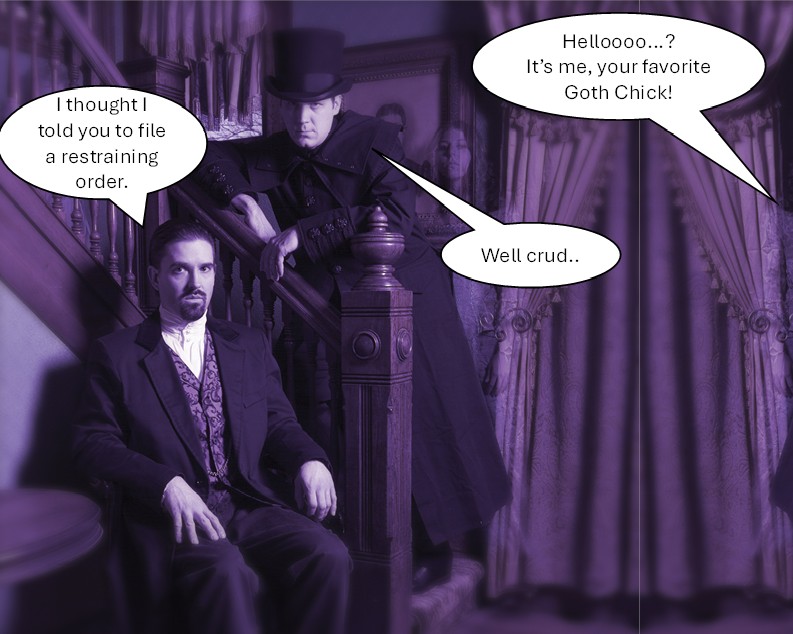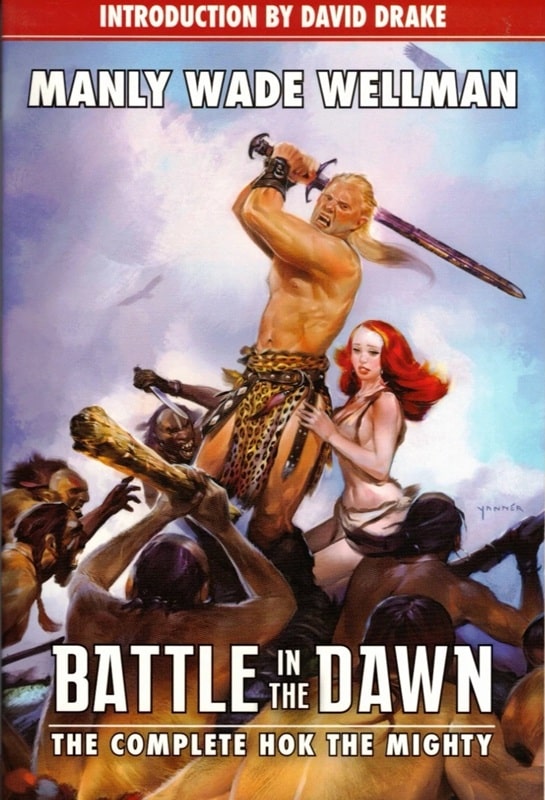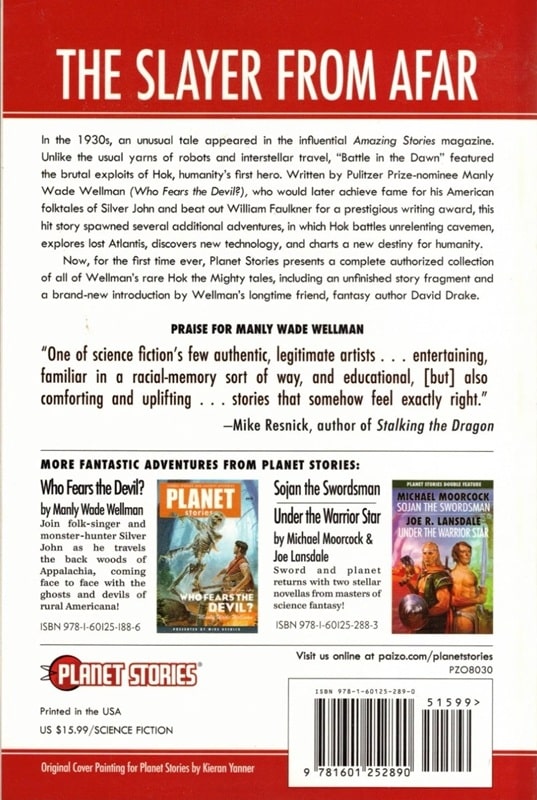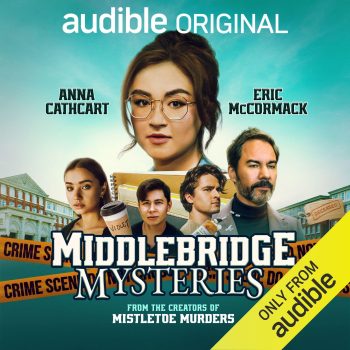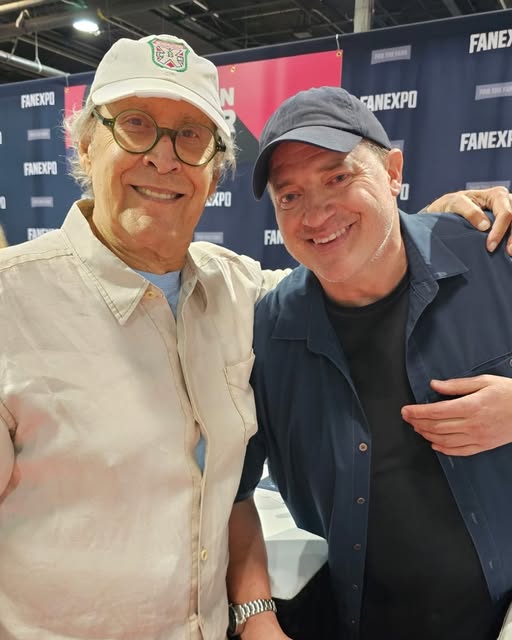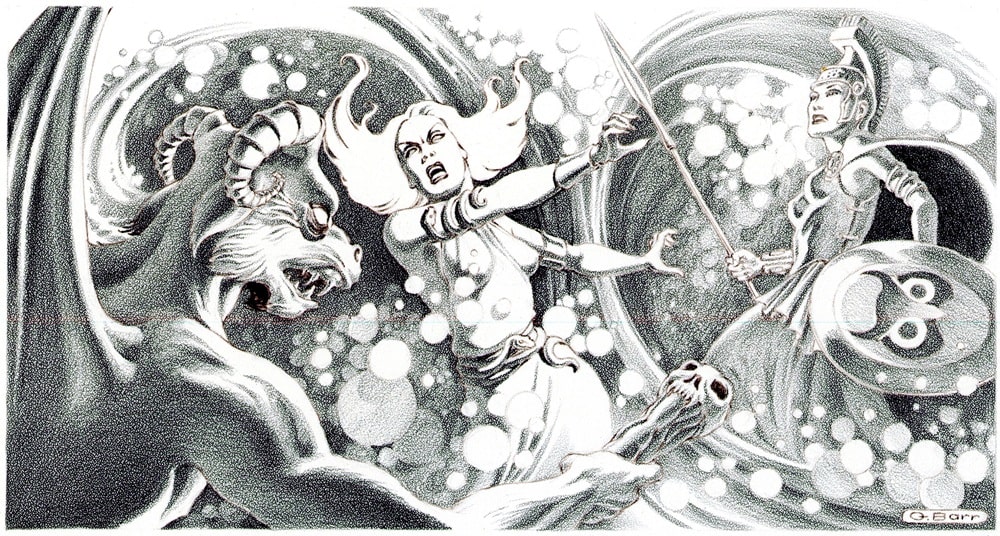Tor Double #20: Harry Turtledove’s The Pugnacious Peacekeeper and L. Sprague de Camp’s The Wheels of If

While the eighteenth volume of the series included C.L. Moore’s Vintage Season and Robert Silverberg’s In Another Country, which takes place at the same time, this volume includes a story and an actual sequel. It also includes the first original story in the series (Silverberg’s story appeared in IASFM nearly a year before appearing in this story). From a production point of view, this is also the first volume that does not have an embossed cover.
The Wheels of If was originally published in Unknown Fantasy Fiction in October, 1940. The story is an alternate history tale that follows Allister Park. Park is a prosecutor in a world which seems to be our own. His current goal is to successfully prosecute the Antonini gang. He sees the successful prosecution as a stepping stone to being nominated for the position of District Attorney for the County of New York. However, when he awoke on Monday, April 11, it was clear that something was different. Park suddenly had a moustache and the New York in which he found himself was not the New York in which he was familiar.
